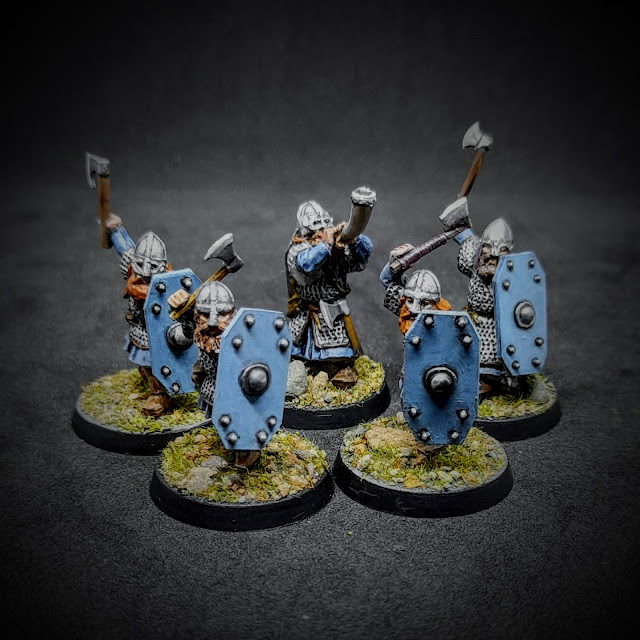The Firebeards
To read the histories of the Dwarves in such manuscripts as the Red Book of Westmarch is to read the histories of the Longbeards, Durin’s own folk. Durin, the first of the Fathers of the dwarves, sired a line destined for great deeds, and even the lowliest of that line had a proud and noble bearing. They are but one of the clans of dwarves, and six others there are, from the Blacklocks of the mountains of far Rhȗn to the Stiffbeards of Forodwaith. While Durin’s Folk proved critical to the War of the Ring and the ultimate defeat of Sauron, there are entire libraries of books dedicated to the deeds of the other six clans, and more still lost to time and dragon fire. These meagre records attempt to present the histories of one such clan, that we in the restored land of Arnor might better know our neighbours in the Ered Luin and the part they played in the fight against the darkness.
- From The Chronicles of Annúminas by Morwen the Chronicler, 21st year of the Fourth Age.
---------------------------------------------------------
In the First Age, the Firebeards, Úri’s Folk, ruled from the city of Nogrod, a great centre of trade and craft, famed for their skill at the anvil. The fabled Dragon Helm of Dor-lómin, worn by the hero Túrin Turumbar and the fabled sword Narsil were forged there. They prospered for many years, but when the dark fortress of Thangorodrim was destroyed, the great shifting of the earth buried the city forever. At that time, many of the dwarves sought solace in Khazad-Dûm, though some remained.
Through the Second and Third age, Úri’s Folk made a living in lesser mines and halls. After the battle at the gates of Moria, they returned to the Ered Luin with some of Durin’s Folk, including the Thorin Oakenshield of legend. Under their King Úri V, an expedition was made to rediscover the lost halls of Nogrod and recover the ancient relics of their people. It is thought the riches that began to rise from those ruins inspired Thorin to undertake the expedition to retake his own home of Erebor.
When arrayed for war the dwarves of Nogrod are armed with mail hauberks and helms of iron, but their best defence is the tall shield they carry. A lone warrior is protected from ankle to neck, leaving only the well-armoured head exposed, while a cohort in close order presents a crenellated wall of iron. These shields are also used to barge and strike, and may be seen dug into the ground to stand as a barrier while their bearers are away. A defensive formation of dwarves can stop a charging horde of orcs or a raging cave troll in their tracks.
The wargear of the Firebeards can often look old-fashioned or antiquated, and in many cases it is. It is a mark of great honour to bear a helm or an axe from the days of Nogrod's glory. Though these pieces are many thousands of years old, they require little more than a clean and a polish to be restored to readiness, such was the skill of the ancient smiths. Not all warriors are so lucky to own a relic, but with every expedition down into the ruins of their home, more ancient axes and helms are recovered and restored to glory.
- From The Chronicles of Annúminas by Morwen the Chronicler, 21st year of the Fourth Age.
---------------------------------------------------------
Author's Notes: 1. Tolkien wrote fuck all about the Ered Luin and the other 6 clans of dwarves because he was too busy talking about how cool elves are, so hey, guess I'm taking artistic license!
2. The Dragon Helm and Narsil were actually Canonically forged there in the First Age, which is pretty sweet!



Comments
Post a Comment